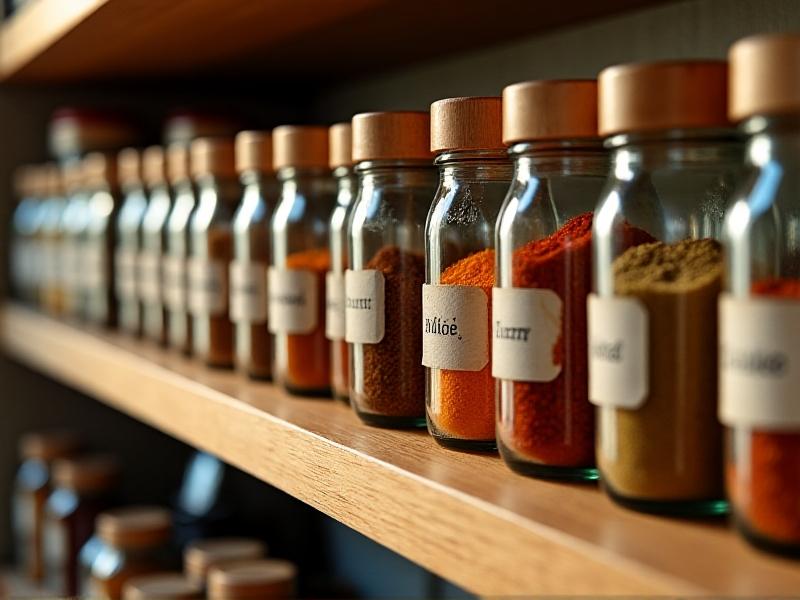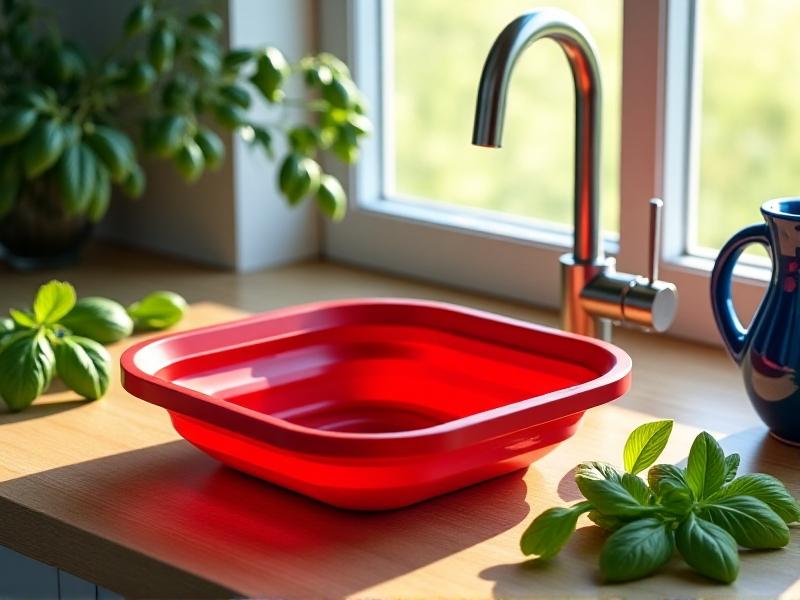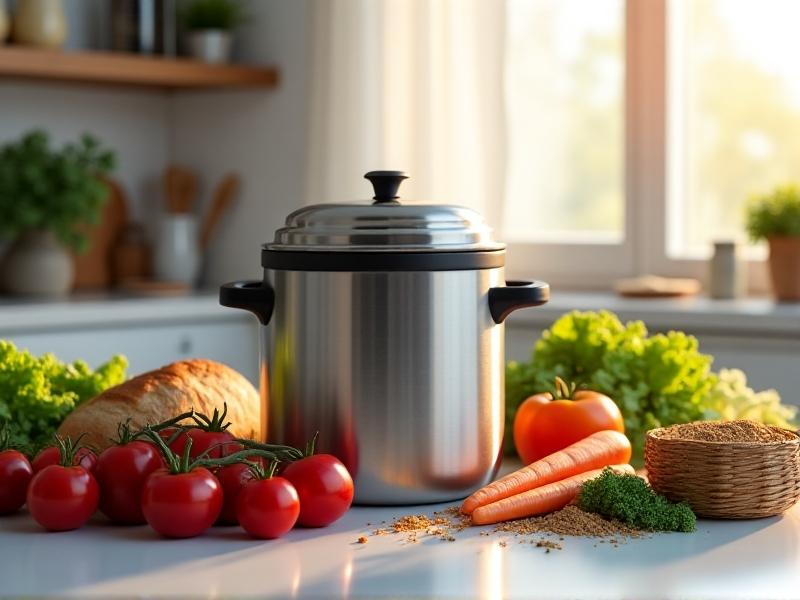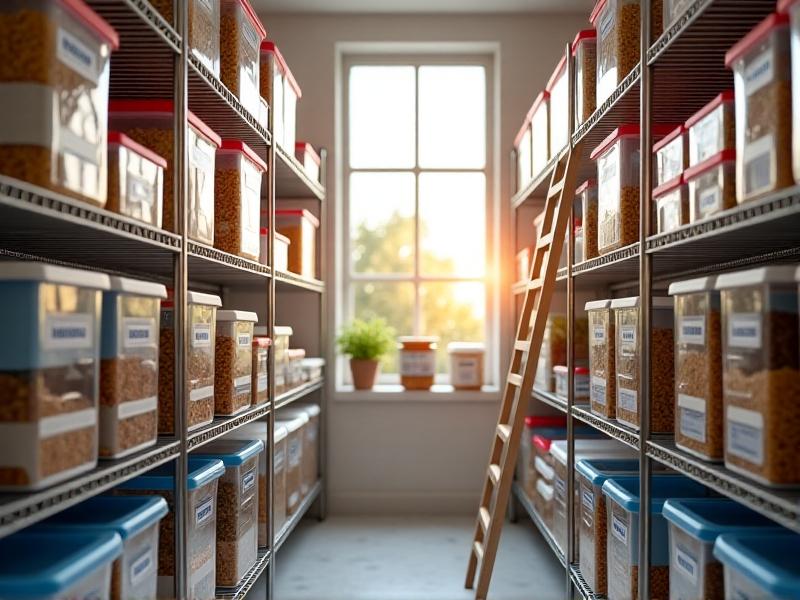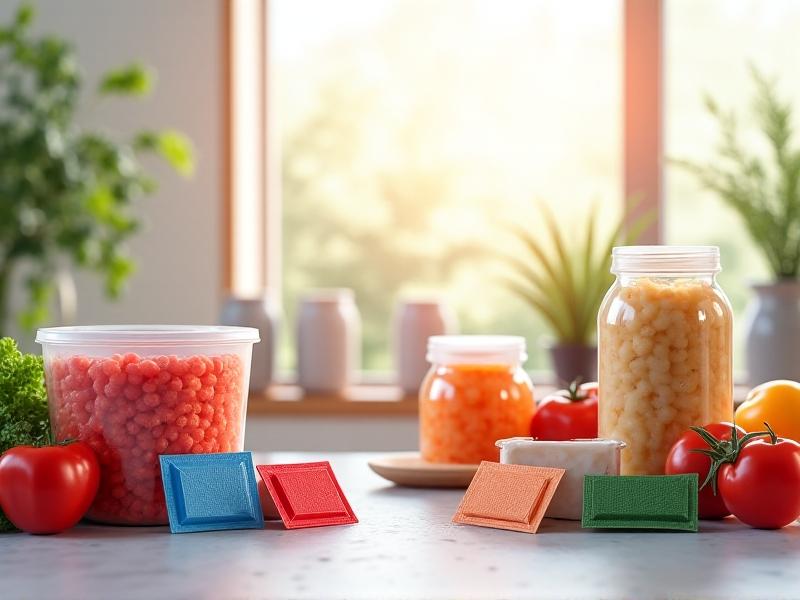Dry Ice Cooling Calculations
Understanding Dry Ice Cooling Fundamentals
Dry ice, the solid form of carbon dioxide (CO₂), is a cornerstone of ultra-low-temperature cooling. Unlike traditional ice, dry ice sublimates directly from solid to gas at -78.5°C (-109.3°F), bypassing the liquid phase entirely. This unique property makes it ideal for applications requiring rapid or prolonged cooling, such as preserving perishable goods during shipping or stabilizing sensitive medical supplies. However, leveraging dry ice effectively demands precise calculations to ensure sufficient cooling capacity while avoiding waste or safety risks.
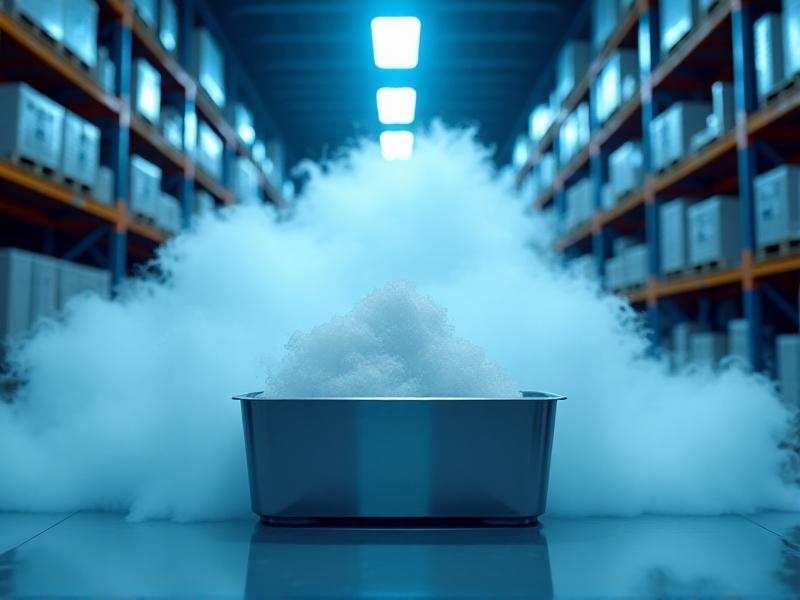
At its core, dry ice cooling relies on the energy absorbed during sublimation. Every kilogram of dry ice absorbs approximately 571 kJ of latent heat as it transitions to gas, making it far more efficient than water-based ice for certain applications. But variables like ambient temperature, insulation quality, and thermal leakage can dramatically impact its performance. Understanding these dynamics is critical for optimizing cooling systems and avoiding costly errors.
The Thermodynamics of Sublimation and Heat Transfer
Dry ice cooling hinges on two thermodynamic principles: latent heat of sublimation and convective heat transfer. When dry ice sublimates, the energy absorbed from its surroundings reduces the temperature of adjacent materials. This process is governed by the equation Q = m × L, where Q is total cooling energy (kJ), m is dry ice mass (kg), and L is CO₂’s latent heat of sublimation (571 kJ/kg). For example, 10 kg of dry ice provides 5,710 kJ of cooling, equivalent to running a 100W fan for nearly 16 hours.
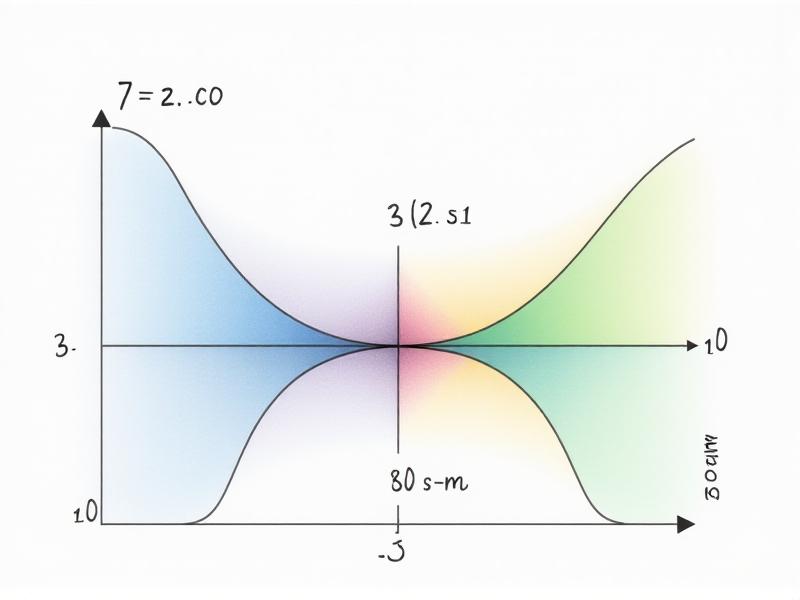
However, real-world scenarios require factoring in secondary heat sources. The specific heat capacity of CO₂ gas (0.846 kJ/kg°C) means that once sublimated, the cold gas continues absorbing heat as it warms to ambient temperature. Additionally, heat infiltration from poorly insulated containers or external air currents can offset cooling efficiency. Ignoring these factors often leads to underestimating dry ice requirements by 20-40%.
Step-by-Step Calculation Framework
Calculating dry ice needs involves four steps: (1) Determine the total heat load (Q_total), (2) Adjust for insulation efficiency, (3) Account for sublimation time, and (4) Apply safety margins. Start by calculating Q_total = (m_product × c_product × ΔT) + Q_leakage, where m_product is item mass, c_product is specific heat capacity, and ΔT is required temperature drop. Q_leakage, often the most overlooked term, represents heat entering the system via conduction or convection.

For instance, chilling 50 kg of seafood from 25°C to 0°C (c=3.4 kJ/kg°C) in a container with 200 kJ/hr leakage over 24 hours requires Q_total = (50×3.4×25) + (200×24) = 4,250 + 4,800 = 9,050 kJ. Dividing by 571 kJ/kg yields 15.85 kg of dry ice. Adding a 25% safety buffer brings the total to 19.8 kg. Precision here prevents product loss and reduces CO₂ exposure risks.
Optimizing for Industry-Specific Applications
Dry ice calculations vary widely across industries. Pharmaceutical shipments demand extreme precision—vaccines often require -70°C stability with ±2°C tolerance. Here, dry ice must offset not just ambient heat but also energy released by phase change materials in secondary packaging. Conversely, food transport balances cost and safety; over-cooling risks frost damage, while under-cooling risks spoilage.
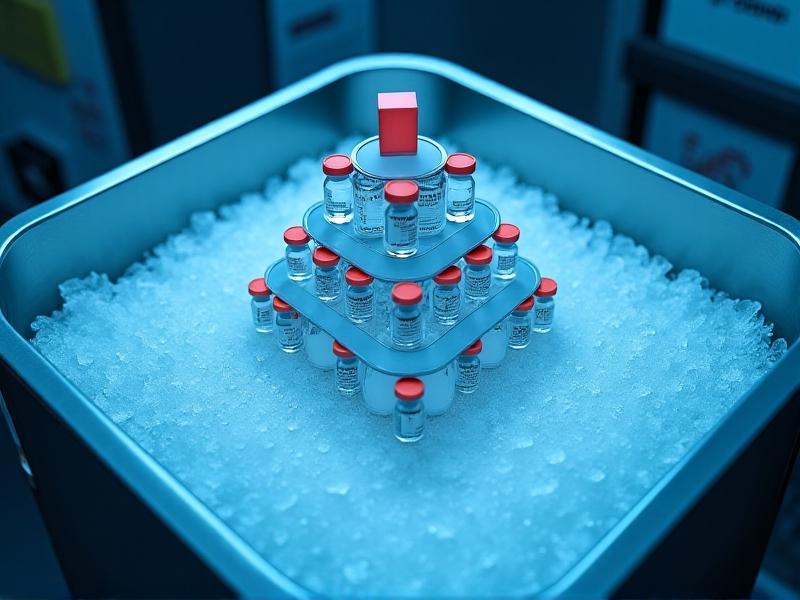
In entertainment, fog effects use minimal dry ice but prioritize sublimation rate control. A 500L theatrical fog setup might need only 5 kg/hour, adjusted via water temperature and container vents. Each application requires tailoring variables like ΔT, Q_leakage, and sublimation rate—demonstrating why standardized formulas must adapt to contextual realities.
Safety-Driven Design Considerations
CO₂ gas concentrations above 5% pose asphyxiation risks, necessitating ventilation calculations alongside thermal ones. For enclosed spaces like walk-in freezers, the gas displacement formula V = (m × 0.809)/C (where V is ventilation rate in m³/hr and C is safe CO₂ concentration ≤0.5%) ensures safety. Storing 100 kg of dry ice in a 30m³ room requires V = (100×0.809)/0.005 = 16,180 m³/hr airflow—impractical without active exhaust systems.
Material compatibility also matters. Polycarbonate containers withstand -80°C but become brittle below -100°C, while stainless steel resists thermal shock but conducts heat. Pairing the right materials with accurate sublimation rates minimizes structural failures—a key factor in aerospace applications where dry ice cleans turbines without damaging composites.
Pushing Boundaries: Emerging Innovations
Recent advances target dry ice’s limitations. Pelletized dry ice with graphene-enhanced coatings slows sublimation rates by 35%, extending cooling durations for transcontinental shipments. Hybrid systems combine dry ice with liquid nitrogen for -150°C ultra-low applications, using predictive AI models to balance phase-change ratios. Meanwhile, CO₂ capture technologies convert industrial emissions into high-purity dry ice, turning a waste product into a sustainable coolant.
These innovations redefine dry ice’s role in a decarbonizing world. As industries prioritize net-zero goals, precise cooling calculations will increasingly incorporate environmental metrics—transforming dry ice from a simple refrigerant into a pillar of circular economy strategies.
